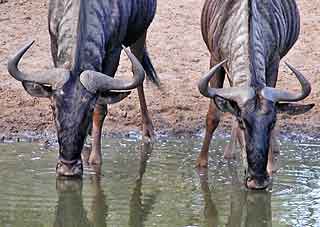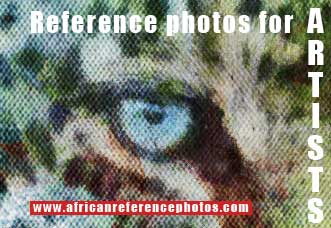Contact Details: Scotch Macaskill, Dirt Road Traders, Currys Post Road, Howick, KwaZulu-Natal, South Africa. Tel: +27 (0)82 578 2329. Privacy: Your privacy is guaranteed. See our Privacy Policy for more. This site accepts advertising and other forms of compensation - see Disclosure and Advertising for details. Site updated: 2022. Copyright © 2002 - 2022 Scotch Macaskill

| |||||||||||||||||||||||||||||||||
| |||||||||||||||||||||||||||||||||
| ALL GALLERIES: |
Wildebeest PicturesOur wildebeest gallery showcases images of the blue wildebeest, also called the brindled gnu (Connochaetes taurinus), and were taken in South Africa, Botswana, and Tanzania. The black wildebeest or white-tailed gnu (Connochaetes gnou) is much less common and is found only on South African wildlife reserves and private game farms. In the national parks of southern Africa, wildebeest can often be sighted, usually in small herds, which makes it fairly easy to photograph them while on safari there.
Permitted Uses: See Terms of Use. | ||||||||||||||||||||||||||||||||
|
|
|||||||||||||||||||||||||||||||||























Comments
Have your say or ask any questions in the comment box below.